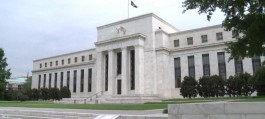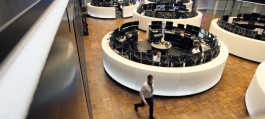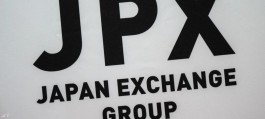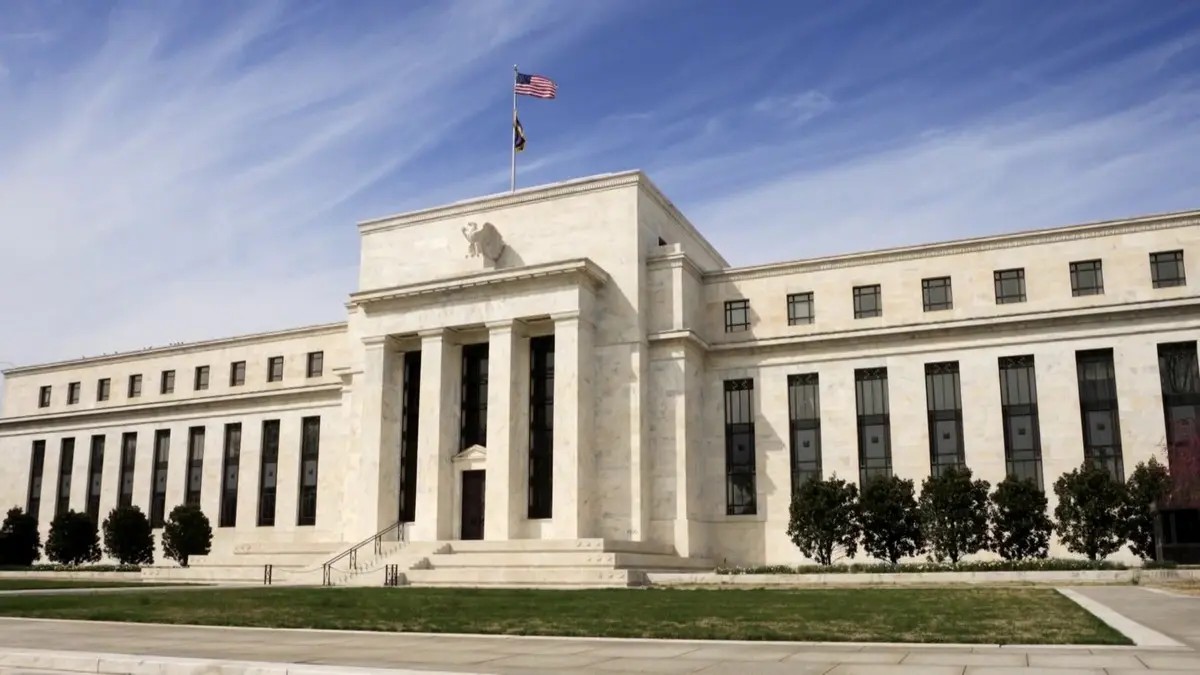Employment data on Friday showed the U.S. economy created fewer jobs than expected in April, raising speculation about the Federal Reserve's next moves.
The non-farm payrolls report showed that non-farm payrolls increased by 175,000 in April, down from a revised 315,000 in March. The figure was also below the expected 238,000 and the median estimate of 243,000.
Additionally, the unemployment rate in April was reported at 3.9%, a slight increase from the 3.8% recorded in the previous month.
After the data came out, financial experts at Bank of America told clients that there were signs that the accelerating pace of hiring may be slowing.
In our view, this slowdown in job creation is not necessarily a negative sign for the economy. As employment in sectors that require close personal interaction returns to pre-pandemic levels, it is natural for job growth to decline, regardless of whether monetary policy is tight or not.
Bank of America still expects the first rate cut to occur in December, followed by four subsequent 0.25 percentage point cuts in 2025. They expect the final rate to settle between 3.5% and 3.75% by mid-2026.
Conversely, market analysts at DA Davidson noted that the total number of jobs was lower than expected and the unemployment rate was higher, which could indicate that the Federal Reserve's policy of raising interest rates has begun to slow the economy.







































